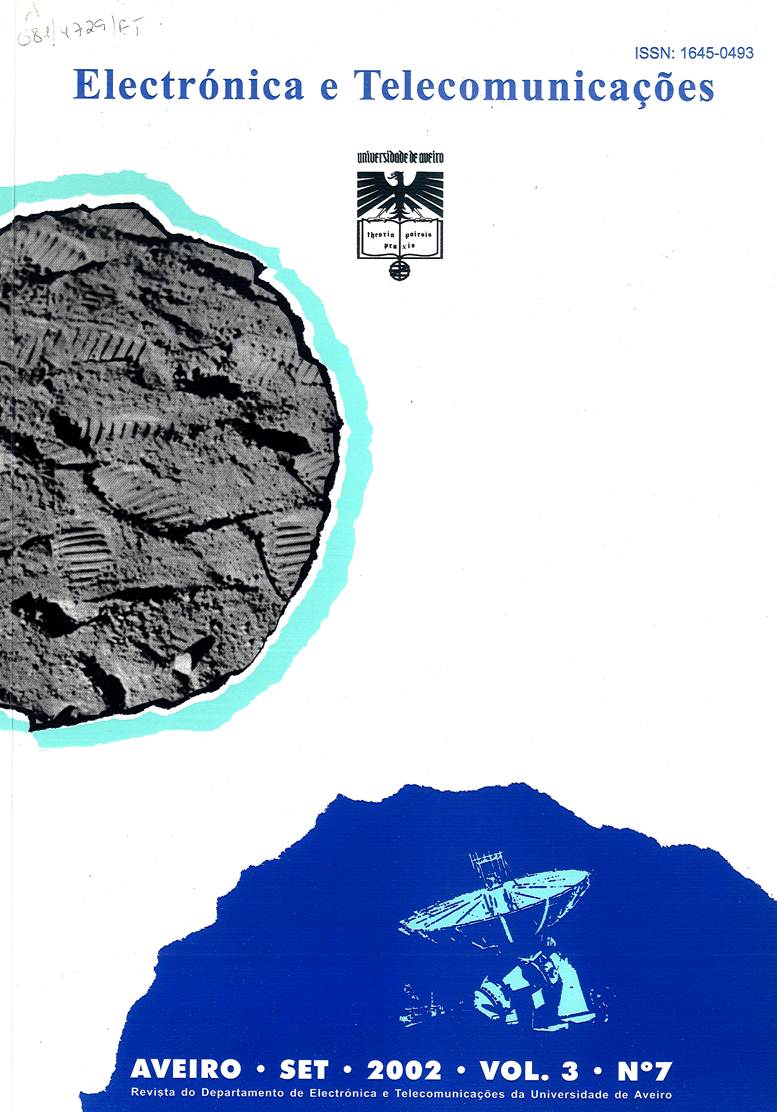Electro-clinical manifestations of the epilepsy associated to the different anatomical variants of hypothalamic hamartomas
Resumo
Methods: The hamartomas of 7 patients with HH and epilepsy (ages 2-25) were classified as to lateralization and connection to the antero-posterior axis of the hypothalamus in high resolution brain magnetic ressonances. We correlated the anatomic classification with the clinical and neurophysiological manifestations of the epilepsy as evaluated in long-term (1-3 days) video-EEG recordings, including ictal documentation. Results: The hamartomas ranged in size from 0.4 to 2.8 cubic centimeters, with complete lateralization of the connection to hypothalamus in 6/7 of patients. Ictal clinical manifestations showed good correlation with the lobar involvement suggested by the ictal/inter ictal EEG. These manifestations suggest the existence of two types of neocortical involvement, one associated with temporal lobe, associated with hamartomas connected to the posterior hypothalamus, and another associated with the frontal lobe, seen in lesions connecting to the middle portions of the hypothalamus. Consideration of the known anatomy of the hypothalamic-neocortical projection pathways leads us to suggest propagation of the epileptic activity to the temporal lobes through the Fornix and to the frontal lobes through the Medial Longitudinal Fasciculus.
Conclusions: The unilateral connection to the hypothalamus in most hamartomas along with the propagation of paroxysmal activity to the neocortex through specific anatomic pathways suggests the possibility of performing distal disconnection procedures as a palliative surgical procedure in high risc patients for removal of the hamartoma.




